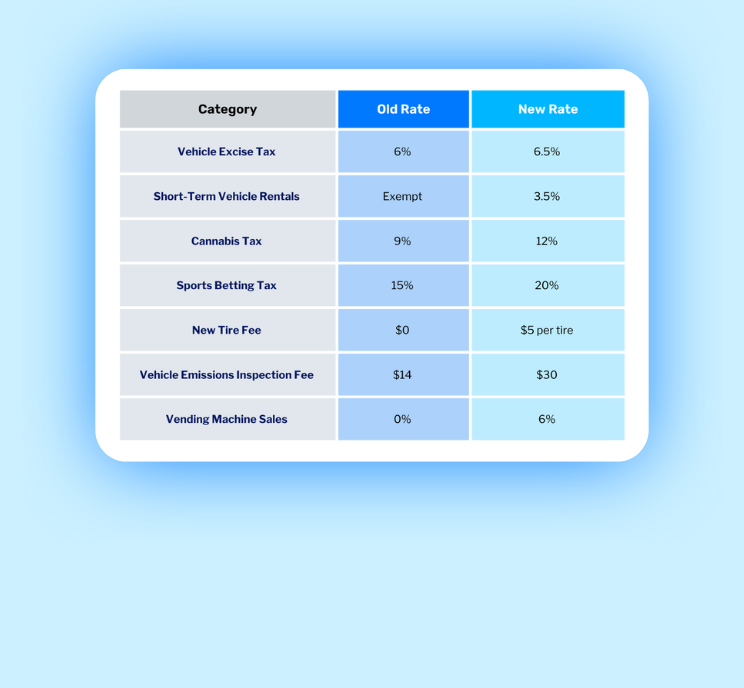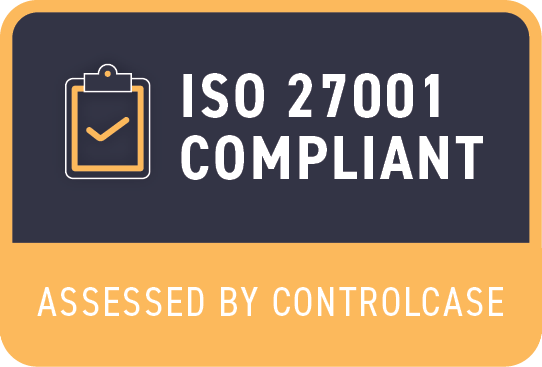Businesses are evolving rapidly as dramatic improvements in technology create new ways to solve problems and compete better. These changes are creating new industries and driving new levels of opportunity and challenges in existing industries. Customer expectations, driven by the proliferation of mobile devices and the ease of use of e-commerce sites like Amazon, are increasing rapidly. If organizations expect to survive beyond the next three years they have to be able to meet these expectations. Which begs the question, why are so many organizations still using technology from the 20th Century to operate and manage their businesses?
Business technology has been in the “client/server” era for the past twenty-five years however that is rapidly given way to the cloud/mobile era. The technologies that are at the heart of cloud/mobile are flexible, adaptable, relatively cheap and far more capable than the comparable client/server or legacy solutions. Organizations need to advance and close the gap between where they are now and where they should be. Certain industries like technology and financial services have been quick to adopt the new cloud/mobile technologies however others, such as manufacturers, distributors, field service, professional services and non-profits are still primarily working with solutions based on client/server technology.
While originally a manufacturing concept, ERP systems (Enterprise Resource Planning) have become synonymous with core business systems. ERP is commonly used in many environments to describe the solution that manages the core business processes. These processes include sales, purchasing, production, payroll, and inventory management. In professional service organizations this includes time capture, project management, expense management and invoicing.
For many businesses, when they analyze their technology and the effectiveness of their ERP system, they uncover a deeply fragmented structure. It’s not uncommon for there to be a multitude of smaller systems providing capabilities that the ERP system is unable to provide. These fragments are often only loosely integrated with the core system. This fragmentation may add functionality at the cost of duplicate entry, errors and poor reporting.
Here are some key warning signs to look for in determining if your ERP system needs to be replaced:
- Inability to Integrate – Older systems lack the architecture that enables modern cloud solutions to quickly integrate with other cloud solutions. If you and your IT function are struggling to integrate your ERP solution with newer solutions to enable critical functionality it is unlikely that this will get easier. In reality, these integrations will need to be constantly managed and updated which creates tremendous complexity. Eventually the business solution becomes too complex and unwieldy to improve leading to standalone add-on solutions.
- Duplicate Data Entry – A common sign of an ERP tool in need of an upgrade is when the current system cannot process information in multiple places from the same entry, requiring data to be entered multiple times.
- Overreliance on Spreadsheets – Excel and spreadsheets are a great tool for businesses, but it shouldn’t be the tool an organization is using to run the business. Too much time spent in spreadsheets is a bad sign.
- Missing Technical Support – For outdated ERP systems designed 20-plus years ago, the individual or provider who created the software has retired or is no longer operating. This causes huge issues for an organization when they can no longer get the technical support they need.
- Sluggish Scalability – The growth and scalability of a business can be greatly hindered by an ERP system in need of an upgrade. Old systems struggle to maintain high levels of efficiency and the slow rate of growth is really holding them back.
When these pain points are present in an organization it’s pretty apparent. Employees operating day-to-day within the ERP system will likely be communicating their aversion to the system and senior management needs to be receptive to these concerns and complaints.
A modern, cloud-based ERP solution has the capability of drastically improving business operations and removing many, if not all, of the common struggles associated with an outdated model.
New cloud systems enable access to ready and immediate information in real time, making it a seamless process to get and analyze information. From an operations perspective, cloud-based ERP systems are designed to align with what the business is trying to accomplish. They help to cut down on redundant email, information, and process requests. The quality of information increases drastically with an upgraded model and improves the overall ability to track time, expenses, payments, and orders.
Because systems begin to work better on a managerial and operational level, a lot of the constraints to growing the organization disappear with the old ERP tools. This frees up significant resources to the business that can be rededicated to further improving technology, processes, and efficiency.
An ERP cloud suite empowers companies to swiftly build a foundation capable of meeting immediate needs with the agility to respond to market and industry shifts. ERP systems should never hold back an organization from achieving the growth its after. They should be enabling a competitive advantage to meet organizational needs and outperform target goals.
New ERP system selections and implementations are a substantial undertaking, and don’t have to be managed alone. If the process feels daunting or change management and employee buy-in seem out of reach, consider utilizing an experienced team of consultants like the SC&H Tech Advisory practice who can relieve the pressure of the implementation and make the entire process feel seamless. Contact us to learn more about how we can help you navigate this process.





